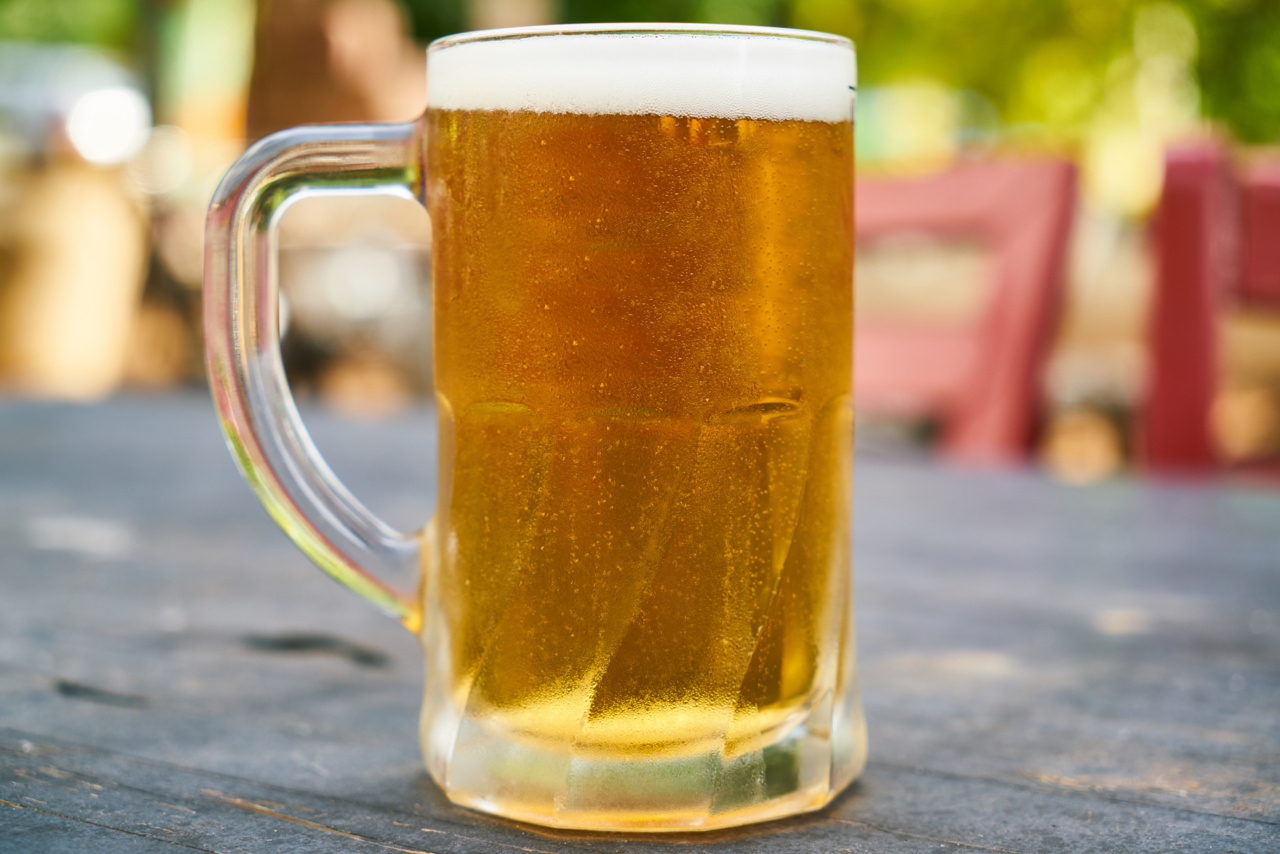Beer is one of the most popular alcoholic drinks in the world. It is enjoyed by millions of people all over the globe, and there are countless varieties and flavors of beer available. One of the most distinctive features of beer is its foam.
Beer foam may be seen by some as an important part of the drinking experience, while others may view it as an annoyance that gets in the way of enjoying the drink itself. But does beer foam affect your stomach more than a glass without? In this article, we will explore the potential effects of beer foam on the digestive system.
What is Beer Foam?
Beer foam is the layer of bubbles that forms at the top of a glass of beer. It is created when the carbon dioxide gas that is naturally produced during the brewing process gets trapped in between the molecules of the beer.
The foam itself is made up of thousands of tiny bubbles that are held together by a mixture of proteins, tannins, and other compounds found in the beer. Foam can vary in thickness and persistence depending on a number of factors, including the type of beer, the serving temperature, and the type of glass the beer is served in.
Does Beer Foam Affect the Stomach?
There is some debate among experts about whether or not beer foam has any significant effect on the digestive system. Some people believe that the foam can cause discomfort or bloating in the stomach by trapping air and gas in the digestive tract.
Others contend that the amount of foam you consume in a given glass of beer is too small to have any noticeable effect on the stomach.
One study published in the Journal of the American Society of Brewing Chemists found that the presence of foam in beer actually slowed down the release of carbon dioxide gas, which could potentially make the drink less likely to cause digestive upset.
However, this study was conducted on a small sample size and more research is needed to fully understand the relationship between beer foam and the digestive system.
Factors Affecting Beer Foam
As mentioned earlier, there are a number of factors that can affect the amount and quality of foam in a glass of beer. These include:.
- Type of beer: Some beers, such as stouts and porters, tend to have more foam than others due to their high protein content.
- Serving temperature: Beer that is served too cold may not develop as much foam as beer that is served at a slightly warmer temperature.
- Type of glass: The shape of the glass can also have an impact on the amount of foam that forms. Certain glassware is designed to promote the formation and retention of foam.
- Serving method: The way a beer is poured can also affect the amount of foam that forms. Pouring too rapidly or at an angle can cause excessive foam, while a slow, steady pour may result in less foam but a more flavorful beer.
The Role of Carbon Dioxide
Carbon dioxide (CO2) is a natural byproduct of the brewing process and is responsible for the carbonation in beer. When beer is poured into a glass, the CO2 gas is released from the liquid and begins to form bubbles.
These bubbles eventually rise to the top of the glass and form the foam. While some people may associate excessive foam with a higher level of carbonation, this is not necessarily the case.
The amount of foam in a beer is largely determined by the specific characteristics of the beer itself, rather than the amount of CO2 present.
Conclusion
While there is no definitive answer to the question of whether or not beer foam affects the stomach more than a glass without, available evidence suggests that the amount of foam consumed in a single glass of beer is unlikely to have any noticeable effect on most people. Factors such as the type of beer, serving temperature, and pouring method can all impact the amount and quality of foam in a given glass of beer, but these factors are generally not a cause for concern when it comes to digestive health.
Ultimately, the best way to enjoy beer is to drink it in moderation and find a brand and style that works for your individual tastes and preferences.






























